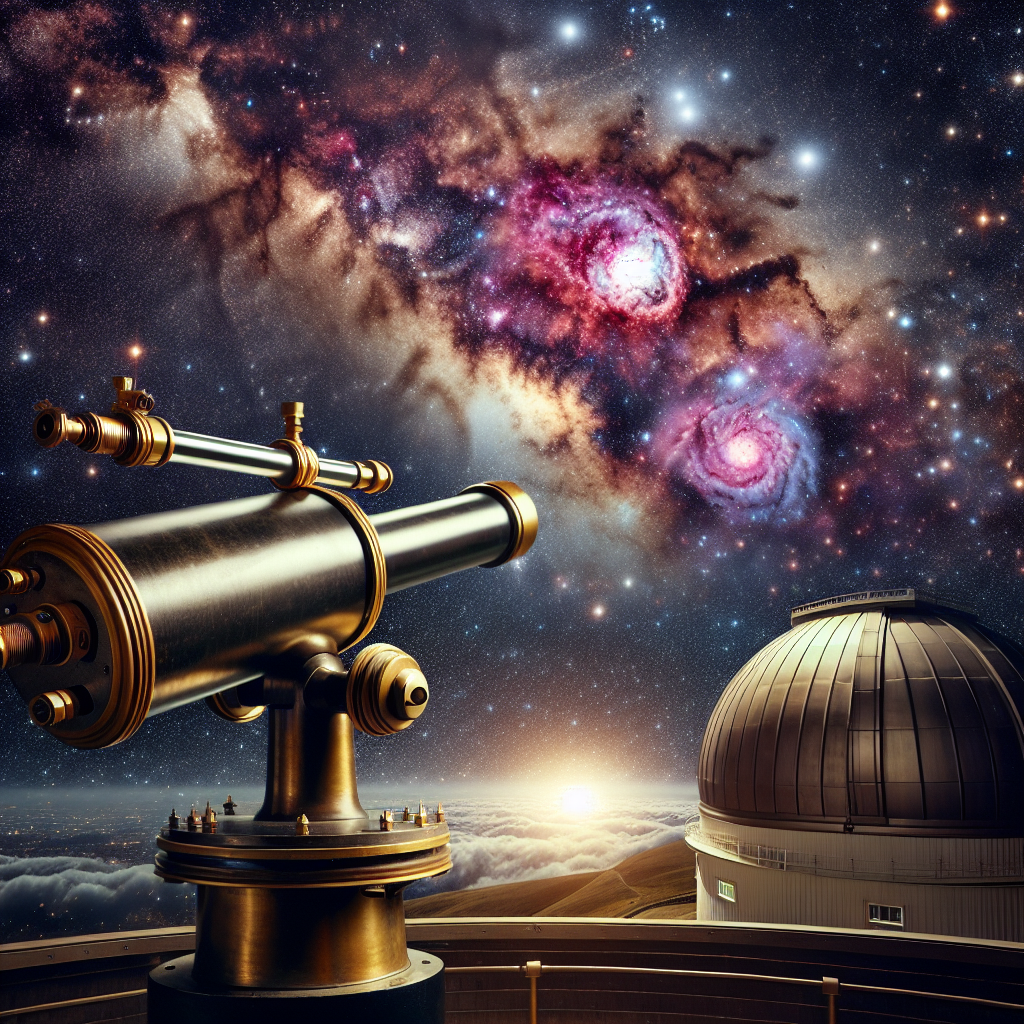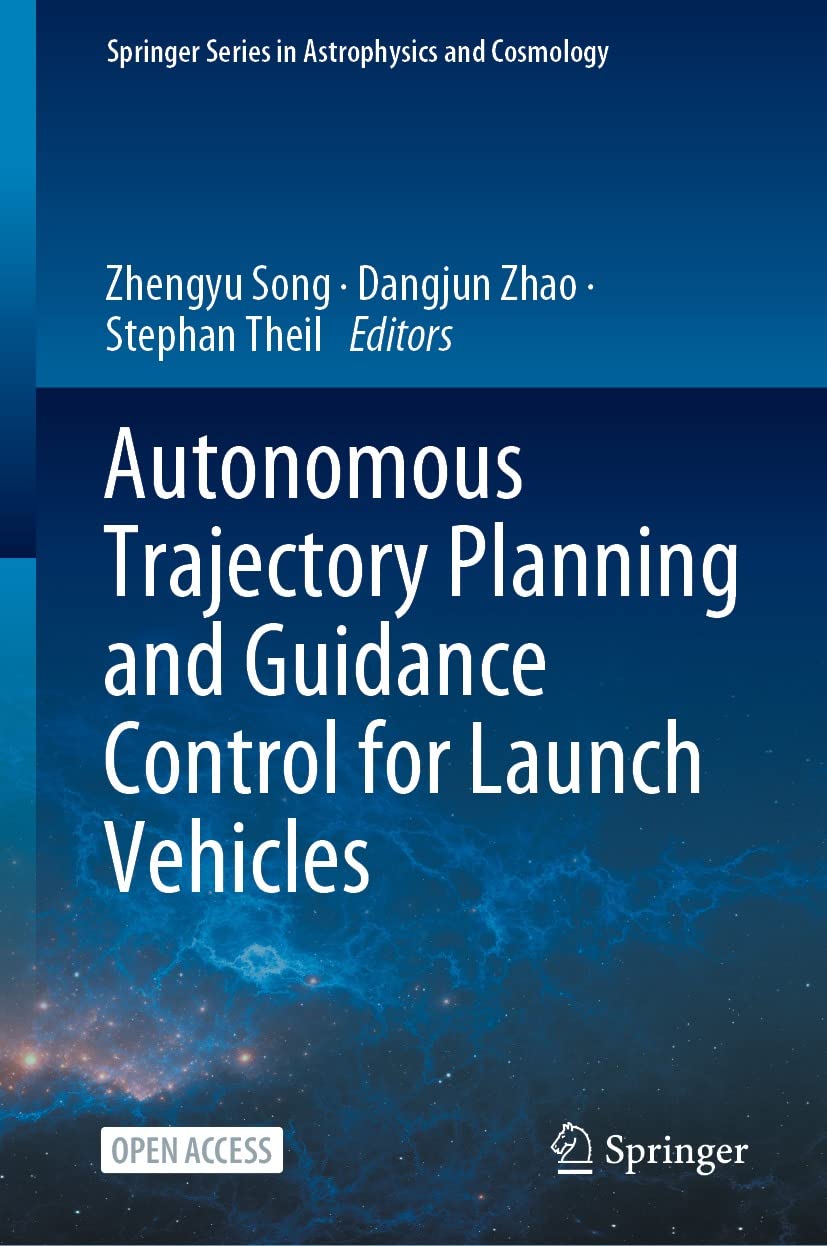Astrophysics, the branch of astronomy that deals with the physical properties and processes of celestial bodies and the universe as a whole, has long been a source of fascination for scientists and laypeople alike. From the study of stars and galaxies to the exploration of black holes and dark matter, astrophysics has provided us with a wealth of knowledge about the cosmos.
Recently, astrophysicists have made several groundbreaking discoveries that have shed new light on the mysteries of space. One of the most exciting discoveries is the detection of gravitational waves, ripples in the fabric of spacetime that are produced by the collision of massive objects like black holes and neutron stars. These waves were predicted by Albert Einstein over a century ago, but it wasn’t until 2015 that scientists were able to confirm their existence.
Another major breakthrough in astrophysics is the discovery of exoplanets, planets that orbit stars outside of our solar system. Thanks to advances in technology, astronomers have identified thousands of exoplanets in recent years, some of which may be capable of supporting life. This has led to a reevaluation of our understanding of the potential for life in the universe.
Astrophysicists have also made significant progress in understanding the nature of dark matter and dark energy, two mysterious substances that make up the majority of the universe. While we cannot see or directly detect these substances, their presence is inferred by their gravitational effects on visible matter. By studying the behavior of galaxies and the expansion of the universe, scientists are getting closer to unraveling the secrets of these enigmatic forces.
One of the most exciting areas of research in astrophysics is the study of black holes, regions of spacetime where gravity is so strong that nothing, not even light, can escape. Recent observations have provided new insights into the behavior of black holes and the role they play in the evolution of galaxies. Scientists are also investigating the possibility of using black holes as cosmic laboratories to test the laws of physics under extreme conditions.
Overall, the field of astrophysics is advancing at a rapid pace, with new discoveries being made almost daily. From the detection of gravitational waves to the search for habitable exoplanets, scientists are constantly pushing the boundaries of our understanding of the universe. As technology continues to improve, we can expect even more exciting revelations in the years to come. The secrets of space are slowly being unraveled, and the future of astrophysics looks brighter than ever.




